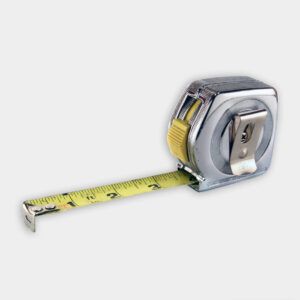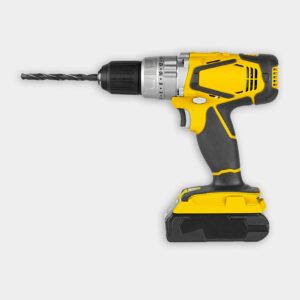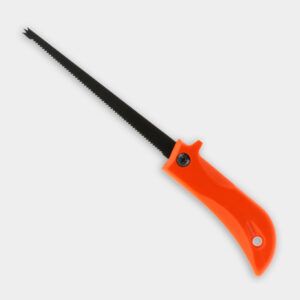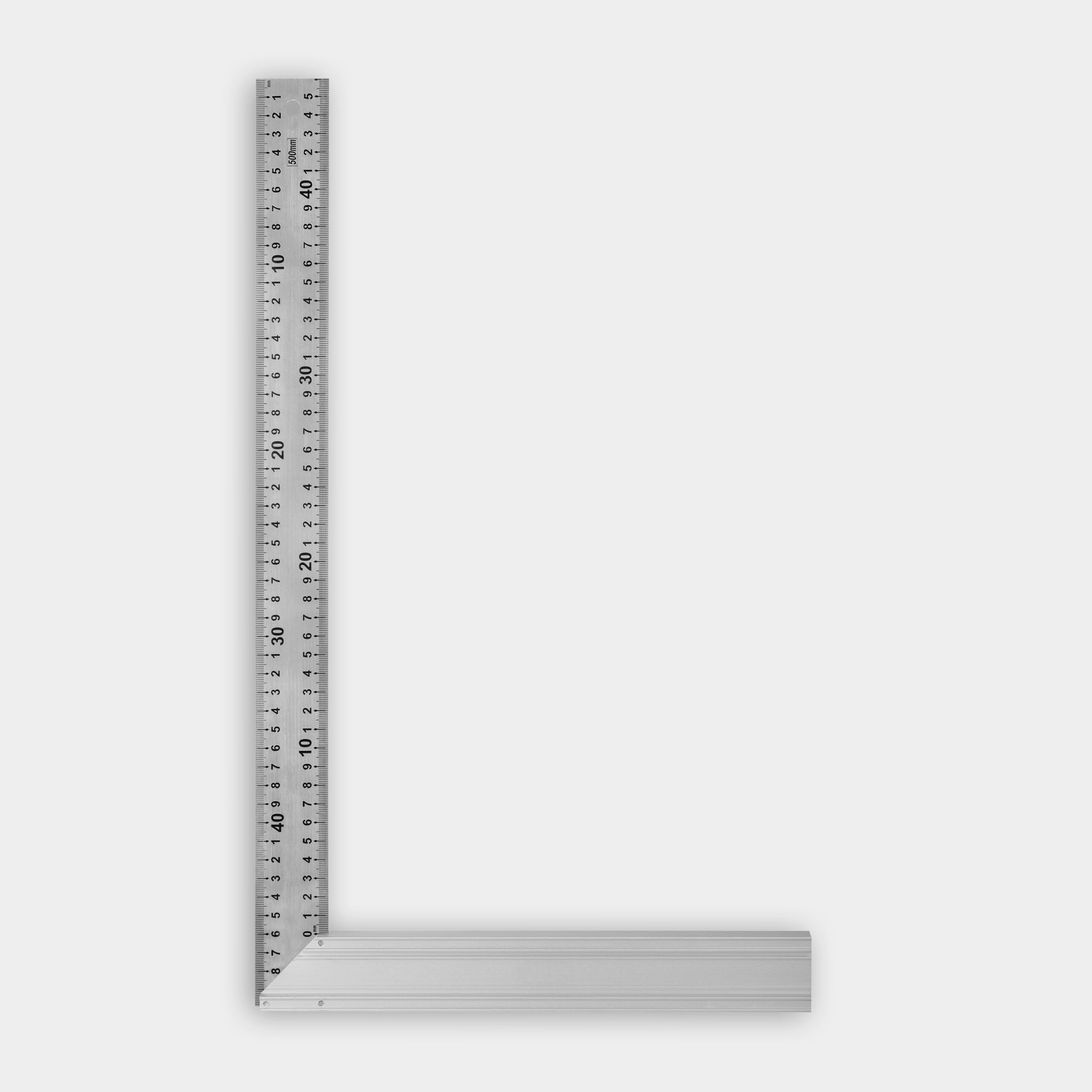Installing drywall on a ceiling has its challenges, but it’s a project many homeowners can tackle with the right tools and techniques. Drywall gives your ceiling a professional finish while improving insulation and even fire resistance. Below, we’ll walk you through the steps of hanging drywall on a ceiling, from preparation to finishing touches. In the video above, This Old House host Kevin O’Connor and longtime general contractor Tom Silva demonstrate this process using a drywall lift to make the task easier.
Tools and Materials Needed to Hang Drywall on a Ceiling
You’ll need the following tools and materials for this project. As always, prioritize safety when working with this equipment.
- Drywall sheets (fire-rated if required by local building codes)
- Drywall screws (1 5/8-inch)
- Drill/driver
- Drywall T-square
- Tape measure
- Drywall saw or spiral cutting tool
- Pencil
- Drywall lift (optional but recommended)
Drywall sheets are heavy and can break if you’re not careful. A drywall lift will help you raise and hold the sheet in place, minimizing your risk of injury or damage caused by strain or the drywall falling. You can rent a drywall lift from The Home Depot for about $55 per day, according to the retailer’s website.
Prepare Your Work Area
Before you start, make sure the ceiling joists are prepped and even so that the sheets are flat. Inspect the ceiling joists for any damage and address that before hanging any drywall. Make sure all electrical boxes for lights or vents are tightly fastened, and remove any obstacles that might get in the way of the drywall installation.
Measure and Mark the Drywall
Make accurate and careful measurements to ensure your drywall sheets fit snugly and you can find the strapping in the ceiling.
Marking the Strapping Lines
Using a drywall T-square, draw lines on the drywall sheet 16 inches on the center. These lines correspond to the 1-by-3 strapping screwed to the ceiling joists and will help you place your screws when you attach the drywall to the ceiling.
Locate the Fixtures and Vents
Mark the locations of any lights or vents on the sheet before you lift the drywall into place. In the video, Silva measures from the edges of the sheet to the center of each fixture and marks these points. This step will save you time and effort when you install your lights or other features later and minimize the adjustments you’ll need to make when cutting out the holes later.
Lift and Position the Drywall
With the drywall measured and marked, it’s time to lift it into position. A drywall lift will make this part of the project easier and safer.
To use a drywall lift, position the lift under the area where you’ll hang the first sheet. Place the drywall sheet onto the lift platform. Crank the lift to raise the drywall to the ceiling. Adjust the position of the sheet as needed.
Once the drywall is lifted to the ceiling, make sure it’s in the right position. Align the sheet with your starting point. Line the marked lines on the drywall up with the strapping. Press the drywall firmly against the ceiling, making sure it’s flush.
Secure the Drywall
With the drywall in position, it’s time to attach it to the ceiling. Use 1 5/8-inch drywall screws. Drive screws along the marked lines that correspond to the strapping. Space screws about 8 inches apart along the strapping. Drive the screws slightly below the surface of the drywall without breaking the paper.
Over-tightening the screws can weaken the hold and damage the drywall surface, so take your time and tighten them carefully.
Avoiding Common Mistakes
Here are some common mistakes to watch out for on this step:
- Don’t place screws too close to the edges of the sheet.
- Avoid clustering screws in one area.
- Don’t drive screws too deep, which can break the paper surface.
- The screws should hit the strapping, not just the space between.
Cut Holes for Any Fixtures
After the drywall is installed, you can cut out the holes for light fixtures and vents. A spiral cutting tool or drywall saw is best for this work. Locate the marked points for fixtures on the installed drywall. Carefully plunge the cutting tool into the drywall at the marked location. Follow the outline of the fixture, cutting slowly and steadily. Remove the cut piece and clean up any rough edges.
Wear safety glasses to protect your eyes from falling debris, and use caution when working on a ladder or scaffolding. Turn off power to any electrical fixtures before cutting.
Finishing Touches
After all the sheets are hung and holes are cut, follow these last few steps to create a high-quality look and blend your ceiling with the rest of your home.
Tape and Mud the Joints
To create a seamless surface, apply drywall tape to all seams between sheets. Cover the tape with joint compound, feathering the edges. Allow the compound to dry, then sand smooth. Apply additional coats as needed for a smooth finish.
These steps help you achieve a professional look with invisible seams.
Prime and Paint
Once the joint compound is fully dry and sanded, prime and paint the surface to protect the drywall and make it last. Apply a coat of drywall primer to the entire ceiling. Allow the primer to dry completely, then paint the ceiling with your chosen color and finish.
Customize Your Ceiling
Once you’ve put up your drywall ceiling, check out some fun, easy ways to add your own personal touch to make it stand out:
- A pop of color: White ceilings are traditional, but don’t be afraid to experiment with color. A pale blue can create a sky-like effect, while a warm taupe can make a room feel cozy. Apply high-quality ceiling paint with a roller for the best results.
- Crown molding: Crown molding can make your ceilings look professionally done. Pre-painted foam crown molding is lightweight, easy to cut, and can be installed with adhesive.
- Faux beams: Attach hollow wood beams to your ceiling to create a coffered or tray ceiling effect. You can attach them using construction glue and finishing nails, and you can paint them to match your home decor.
- Ceiling medallions: Decorative ceiling medallions can be installed around light fixtures to add classical elegance. Many are made of lightweight polyurethane and easily attached with glue.
- Stenciled patterns: Create a unique look with different design effects. Choose a simple geometric pattern for an easy application, and use a low-tack spray adhesive to hold the stencil in place while you paint.




